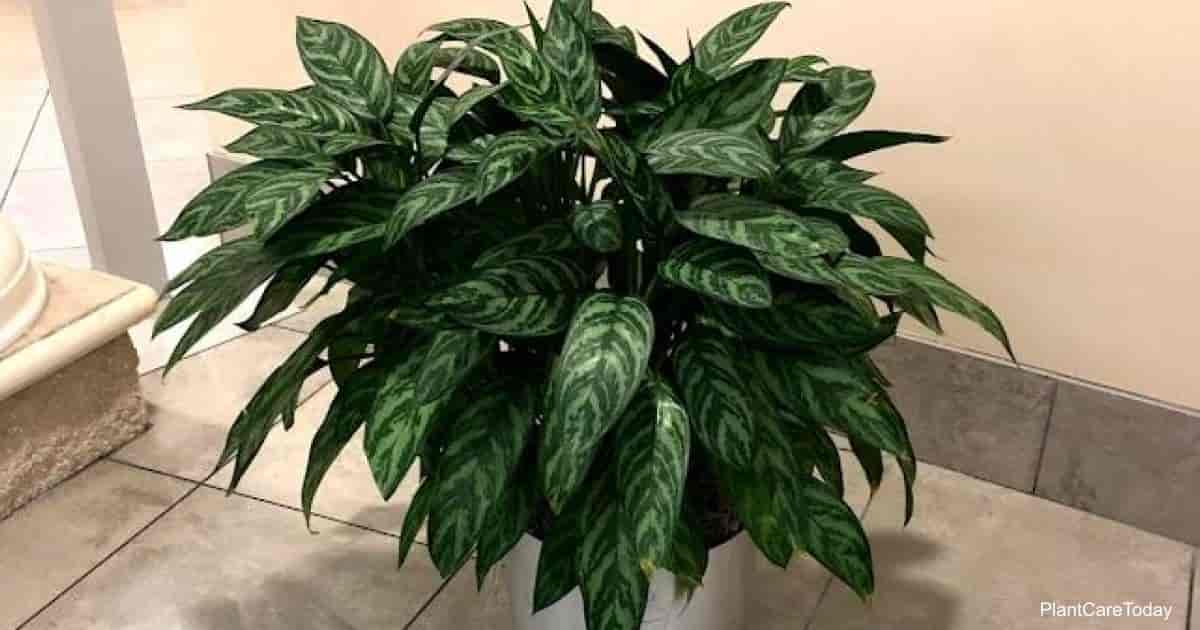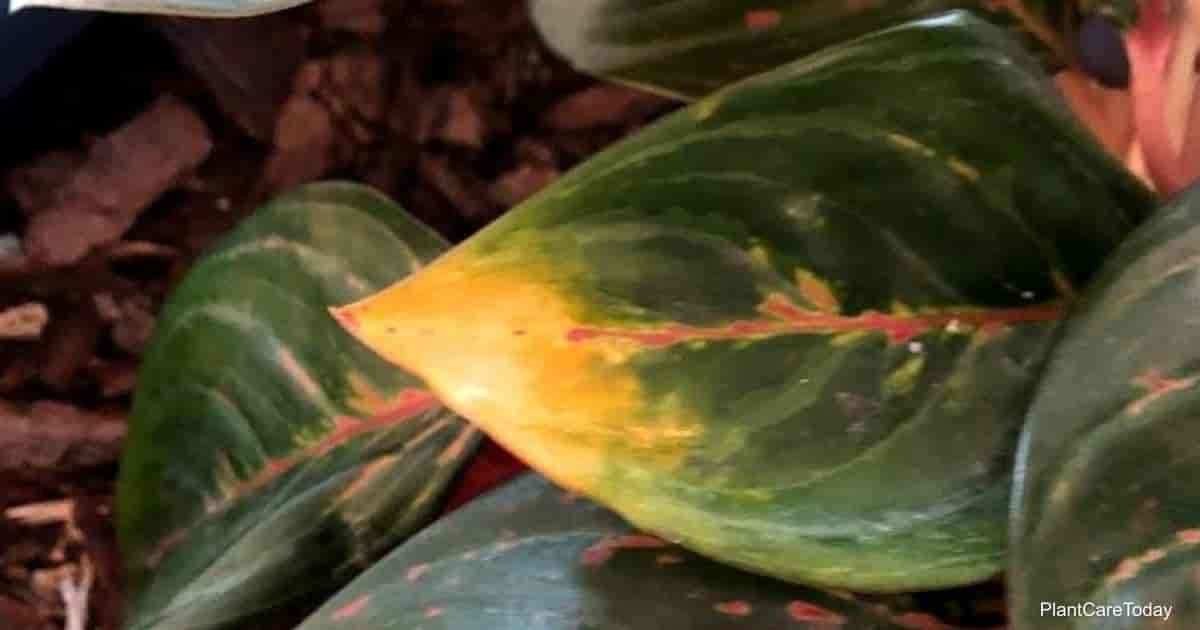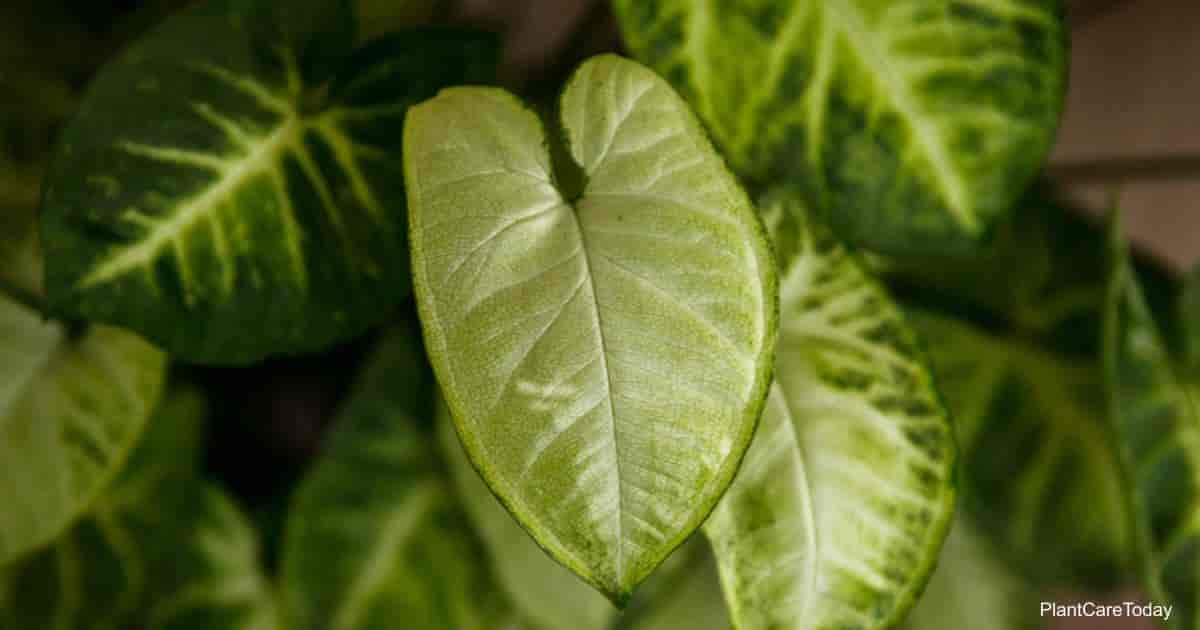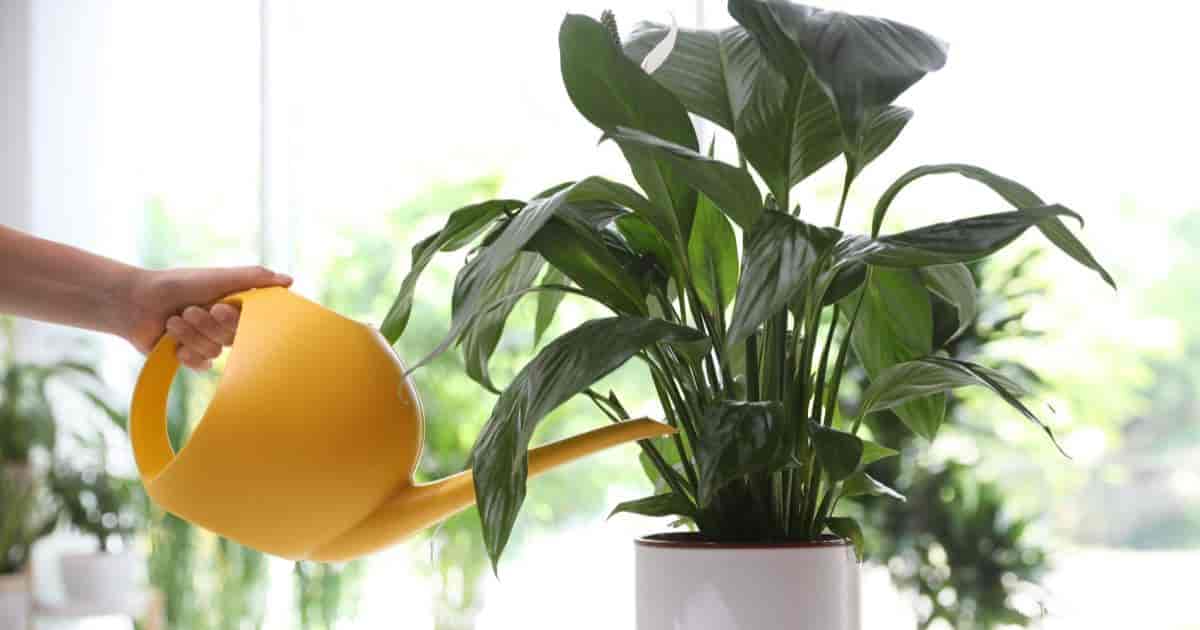Aglaonema (ag-lay-oh-NEE-muh) is a genus of plants you’ve likely seen multiple times. They are very popular houseplants.
They are best known collectively as Chinese evergreens. There are between 21 and 24 different species and more than 50 Aglaonema varieties, cultivars, and hybrids.
Ranging from China to Australia, they’ve become quite popular as houseplants, mainly the Philippine evergreen (Aglaonema commutatum).
The biggest problem with these plants is that they can become addictive – one is never enough!
But before you order another aglaonema of a type you already own, consider propagating the one you have.
It not only saves money, but it can also actually benefit your plant’s overall health when done at the right time.
How To Propagate Chinese Evergreen Aglaonemas?
Propagating your aglaonema is relatively easy through stem cuttings and division.
While it’s possible to propagate a Chinese evergreen using seeds, the method is rarely used as the new plants often fail to inherit their parent’s variegation.
Propagating Through Stem Cuttings
For beginners, by far, the safest and easiest method of Chinese evergreen propagation is stem cuttings.
You’ll want to use young shoots and aim for taking cuttings around midsummer.
Locate one or more shoots on the mother plant for your cutting, ensuring they’re at least 6″ inches long, have 5 or more leaves, and are healthy.
While older shoots will also work, the younger ones root easier.
Grab a sterile, sharp knife or small pruning shears and cut the stem diagonally just below a leaf node.
Next, trim off the lowest leaves, dip the cut end in rooting hormone powder and plant the stem in the pot.
Fill a small container with a well-draining potting soil mix and moisten it with room temperature distilled water.
Poke a hole a few inches deep and “stick” your cutting into the hole, gently patting the moist soil around it so the stem is secure.
Find a spot with bright, indirect light and an ambient temperature between 65° and 80° degrees Fahrenheit.
Keeping the relative humidity up by placing a plastic cover over the plant cutting during this time will also help speed up growth and reduce how often it will need watering.
Ensure the soil remains moist but not wet, and give the plant a gentle tug after 4 to 6 weeks.
Resistance means the new root system is developing correctly.
Propagating The Chinese Evergreen Plant Through Division
Division requires a little more care, but it’s the preferred method for older plants and those that have become root-bound.
The ideal time to divide your plant is when you repot it in the spring.
Once you’ve removed the plant from its container, check for signs of damage to the root ball, like root rot.
Using a sharp, sterile knife, carefully cut away any damaged or diseased roots, making sure not to damage any healthy ones.
Gently tease the roots apart with your finger, separating them into two or more sections.
Plant each section in its container using the same potting mix you used for the parent plant.
Keep the new plants in bright, indirect sunlight and moisten the soil.
Remember, the plants will be suffering from transplant shock, so avoid stressing them over the next few weeks.
Can You Propagate Aglaonemas in Water?
Water propagation is popular with many houseplants, as it allows you to watch the roots develop.
Your aglaonema can also be grown in water, but there’s a drawback.
Unlike most houseplants propagated in water, an aglaonema doesn’t handle the transition to soil well and may become sick or even die.
This is due to the more fragile roots.
If you choose to propagate the plant in water, pick a vase ahead of time and go with the stem cutting method.
Place the cutting in the vase and fill with room temperature distilled water (or preferably fresh rainwater) until it barely covers the stem’s bottom.
Submerging the stem too far can lead to rot.
Change the water every other day, so it doesn’t stagnate, adding a liquid houseplant fertilizer monthly according to the package instructions.
It takes about 2 weeks for the roots to begin forming. And about a month before the rest of the plant will start to grow.
Credit : Gary Antosh (https://plantcaretoday.com/chinese-evergreen-propagation.html)





